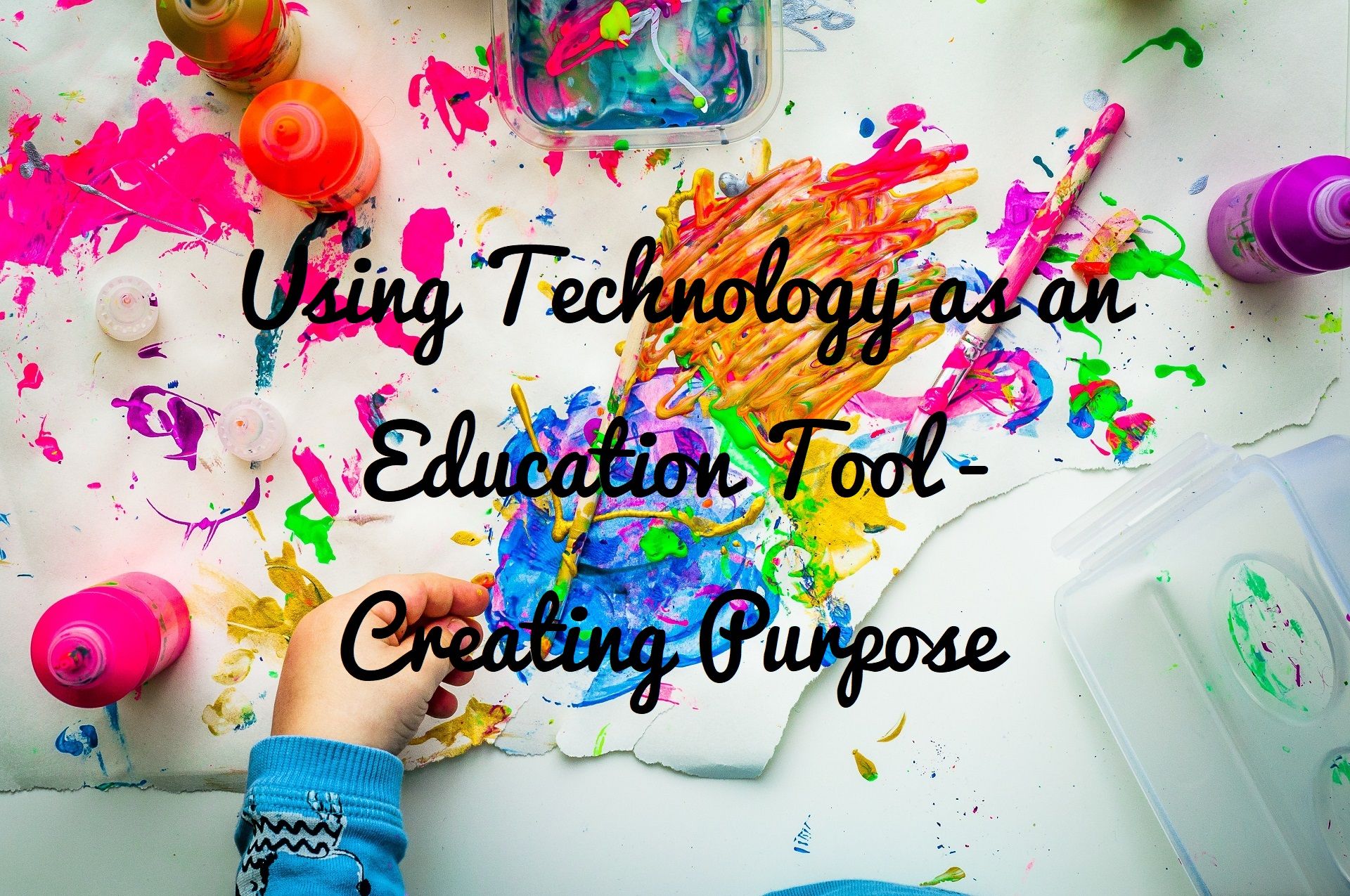In our previous blog post we talked about how gamification does not accurately mimic children's play in a developmentally useful way. Now we're going to start looking at some of the ways that you can use technology to appropriately support children's learning.
Technology is a great way to make your child's work more meaningful. Learning as a child should emulate real life tasks. It should be purposeful and easy for the child to understand why they would want to undertake those tasks.
Technology gives us a short cut to make this happen. Practising handwriting does not in itself have purpose to a lot of five-year-olds. Practising handwriting because "Granny is feeling a bit sad and it would really help to cheer her up if you would write this out in your very best handwriting", does.
What you're aiming for is to teach your child the ways in which they can use technology to share their work so that the children can eventually pick the work that they want to share and who they want to share it with.
Being able to select what you think is the best bit of your work, and explain why, is a tricky task. Many of us struggle as adults to congratulate ourselves on a job well done. It's an important tool to teach young children, especially if they can articulate why they think they've done a good job - as it shows them which skills will be useful to replicate in the future. This is achieved by modelling (demonstrating what it is that you eventually want them to be able to do themselves). By giving children very specific praise based on the learning behaviours that they demonstrated (I loved the way you thought carefully before you drew that bit, I like how you tried something new there!), children learn which skills are valuable, and hopefully they will begin to make this commentary on their own work.
Once they've identified something that they think is worth sharing they need to know how to pick the audience that is suitable, and how to share work with this audience.
Let's imagine that an imaginary child "Bella" has been working on their rainbow drawing on the street, and is feeling pretty proud, so would like to share her work. Work together to check the potential risks in the image. Does this show your face? Does this tell people where we live? Then you can choose the correct audience; is this something we can post publicly? Would it be better to send it in a private message to someone we know? Can we use the internet to research a local hospital so that we could email the picture to the nurses working there to say thank you?
We're using the technology as a tool in the same way that we would use it in the real world. Children are having to think about net safety, about the functions of the technology, and maybe even doing a little bit of internet research to find the best place to send it.
Then maybe we can extend the learning by getting them to write out the message explaining their play to whoever their sending it to. Here you can see that rather than replacing traditional play based learning, technology is used as a "bolt on" extension to continue that learning.
In our next post we will can utilise this to help children to deeper their understanding.
